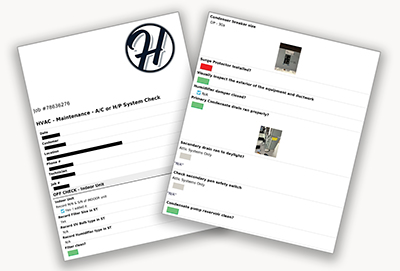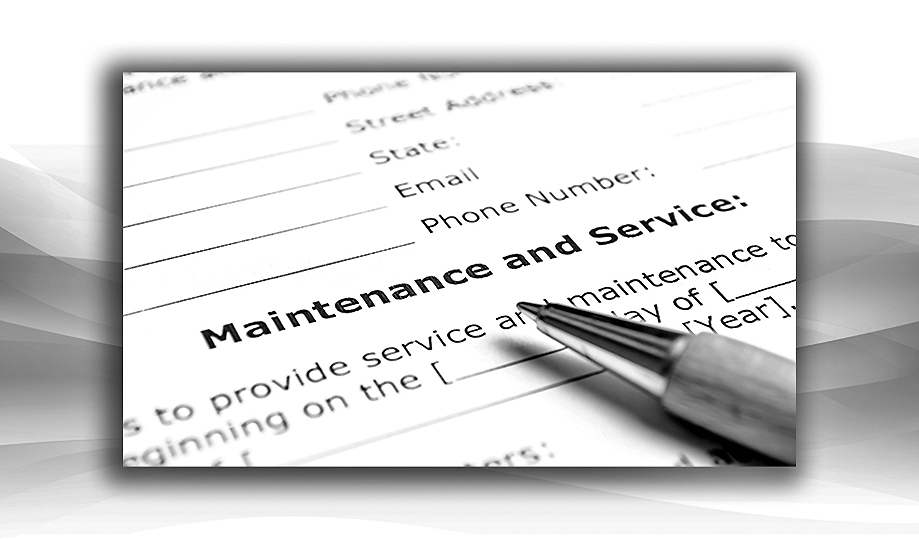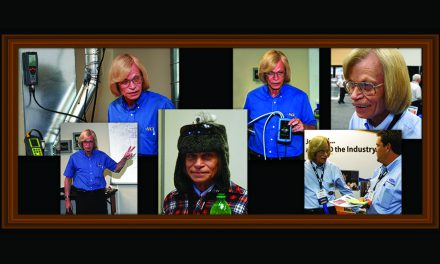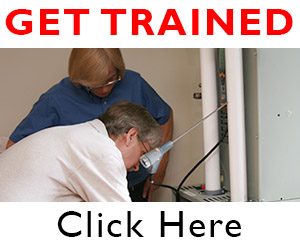My wife, Dennielle, is integral to this process. She developed a scheduling grid that prioritizes our members. We schedule their appointments two to three weeks in advance and intentionally leave space for emergency calls.
If we do need to reschedule a member, it only happens once, then that visit becomes non-negotiable. That process builds loyalty, and our customers recognize the care we take in following through on our commitments.
Again, proactive testing catches issues before they cause breakdowns. That means less emergency work, happier customers, and more efficient scheduling.
With that in mind, we also see the impact our call center can have on customer relationships. We train our team to gather detailed scheduling preferences, helping us optimize routes and improve the customer experience. Everything is tracked and digitized through ServiceTitan, including testing history, equipment and duct photos, and our recommendations.
Training and Technician Buy-In
From day one, we train every technician in high-performance testing. That’s not just about system knowledge—it’s about effective communication. We train our team to understand what the numbers mean, how to explain them in homeowner-friendly terms, and how to create options that make sense.

What’s most exciting is the pride our techs take in their work. When they return from a visit and proudly show us the static pressure improvements or balancing results on their tablet, we know it’s working. They feel empowered by the data and the impact they’re making — and they love it.
Maintenance Memberships as a Training Ground
One of the smartest things we did was turn every maintenance visit into a learning lab. We didn’t start selling air upgrades right away. Instead, each technician spends six to eight months systematically and thoroughly measuring. Over time, they become confident in both the process and the messaging.
We’re now considering adding another membership tier — one that is even more advanced — for homeowners who want maximum system optimization and protection.
However, even as it stands, our single membership level is exceeding our expectations.
Advice for Other Contractors
If you’re thinking about starting a high-performance maintenance program, don’t over complicate it. Start measuring. You don’t even have to explain what the numbers mean at first — just create the habit. Patterns will emerge.
You’ll start seeing recurring issues, such as undersized returns or poor airflow. Then you’ll be able to recommend meaningful improvements.
Even if you don’t have a membership program, it’s never too late to start one. Do the math. Take a look at your team and your schedule.
How many memberships can you realistically manage? Create a simple form. Schedule proactively. And most importantly, prioritize those customers. Build relationships. That’s what turns one-time service calls into long-term loyalty.
Click Below for the Next Page:













Recent Comments